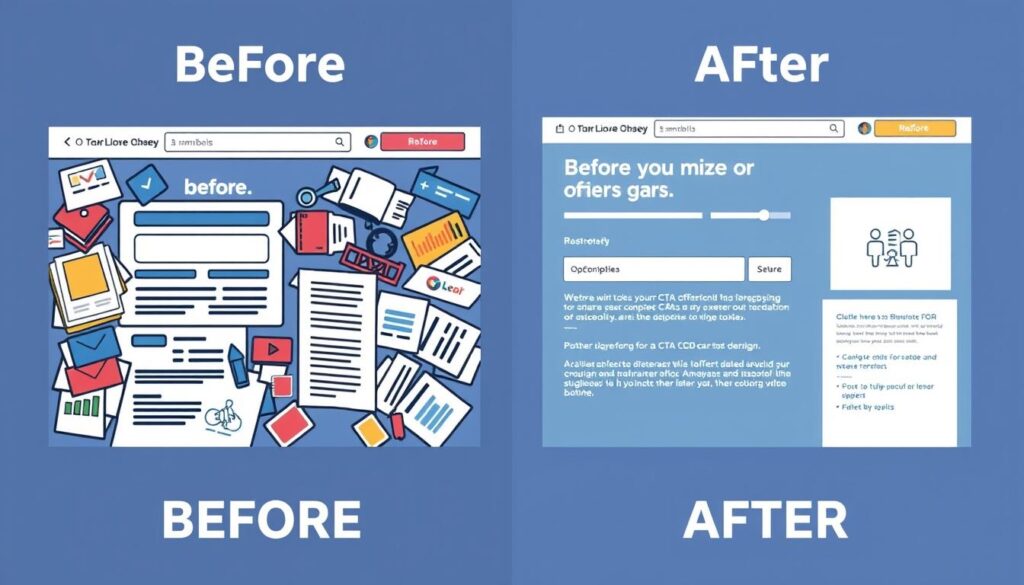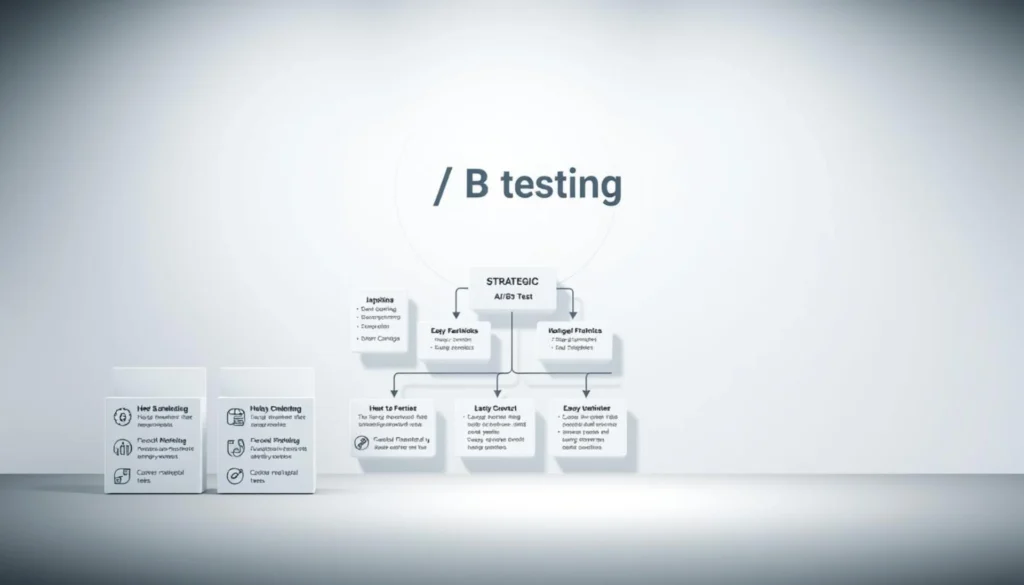What if your industry’s biggest challenges could be solved by software built exclusively for your unique needs? Traditional business tools often leave gaps in specialized workflows, but a new wave of innovators is rewriting the rules. While giants like Salesforce dominated the last decade, today’s leaders are proving that deep industry expertise beats broad functionality.

The numbers speak volumes. Since 2020, specialized platforms have grown 3x faster than general solutions. Companies like BioIQ in healthcare and Guidewire in insurance demonstrate how tailored systems outperform one-size-fits-all approaches. Their secret? Addressing specific compliance requirements and workflow nuances that horizontal tools simply can’t match.
This shift goes beyond features. Industry-specific platforms create ecosystems where every integration adds value. Construction firms using Procore save 23% on project delays. Restaurants adopting Toast see 18% faster table turnover. These aren’t just tools – they’re competitive advantages built on domain knowledge.
Decision-makers now demand solutions that mirror their operational realities. Generic software often requires costly customizations, while niche platforms offer out-of-the-box relevance. The result? Businesses achieve faster ROI and teams adopt tools that feel purpose-built for their daily challenges.
Key Takeaways
- Specialized platforms grow 3x faster than general business software
- Industry-specific tools reduce implementation costs by 40-60%
- Niche solutions demonstrate 35% higher user adoption rates
- Tailored integrations cut workflow friction by 50% on average
- Vertical platforms achieve 8x cheaper customer acquisition costs
Market Evolution and the Emergence of Niche Software Solutions
As markets mature, the demand for specialized solutions becomes undeniable. The software industry has shifted from broad tools to precision instruments designed for specific operational needs. This transformation creates fertile ground for innovators who understand industry pain points better than ever before.

Historical Growth and Shifts in SaaS Models
Early cloud-based platforms focused on serving wide audiences. Leaders like Salesforce and HubSpot dominated by offering universal features applicable across sectors. But as adoption grew, gaps emerged. Companies realized generic tools required costly adjustments to meet compliance rules or workflow quirks.
By 2020, 78% of enterprises reported challenges adapting horizontal platforms. This frustration sparked demand for alternatives. Specialized providers began gaining traction by addressing exact requirements in fields like healthcare and construction.
From Horizontal to Niche-Specific Strategies
The table below highlights key differences driving this strategic shift:
| Features | Horizontal Solutions | Niche Platforms |
|---|---|---|
| Target Audience | Multiple industries | Single vertical |
| Customization Needs | High | Low |
| Implementation Time | 6-12 months | 2-4 months |
| Industry Compliance | Partial | Full |
Specialized talent pools now merge tech expertise with domain knowledge. This combination allows faster development of tools that feel native to users. Construction firms using Procore and restaurants adopting Toast exemplify this trend’s momentum.
Forward-thinking providers recognize saturated markets require new approaches. By focusing on untapped verticals, they deliver solutions that generic platforms can’t replicate. The result? Higher adoption rates and stronger client retention.
Core Advantages of Industry-Focused Software
Specialized platforms are rewriting the economics of business technology. By aligning tools with exact operational demands, they deliver measurable improvements where generic systems fall short.

Cost Efficiency and Customer Loyalty
Targeted solutions slash wasted spending. Blossom Street Ventures data shows niche-focused companies spend 88% less on marketing than broad-platform providers. Their secret? Laser-focused outreach to decision-makers who need specialized tools.
Deep integration creates lasting partnerships. When software mirrors daily workflows, users become reluctant to switch. This stickiness drives 35% lower churn rates compared to horizontal alternatives.
Customized Features Tailored to Specific Needs
Pre-built compliance modules save months of development time. Healthcare platforms automatically handle HIPAA audits, while construction tools manage OSHA documentation. These ready-to-use features reduce implementation costs by 40-60%.
Continuous customization strengthens value over time. Providers add features based on real user feedback, creating solutions that evolve with the industry. This approach generates 8x more upsell opportunities than traditional models.
The numbers prove specialization works. Companies using tailored software report 23% faster onboarding and 50% higher employee satisfaction. When tools fit like gloves, productivity follows naturally.
vertical SaaS and Its Transformative Impact on Industries
Traditional sectors once resistant to tech adoption now drive software innovation. Construction firms using Procore report 31% fewer project delays, while dental practices using Health Assurance Plan cut administrative work by 45%. These results showcase how tailored tools reshape operational norms.
Driving Competitive Advantage in Conservative Markets
Specialized platforms thrive where generic tools fail. BioIQ’s medical compliance features helped clinics reduce audit prep time from weeks to days. Guidewire’s insurance solutions process claims 60% faster than legacy systems. Early adopters gain first-mover advantages in markets slow to digitize.
Smaller enterprises now access enterprise-grade capabilities. A regional bank using niche banking software competes with national chains through faster loan approvals. This levels the playing field while maintaining local market expertise.
Founders with industry experience build smarter solutions. Health Assurance Plan originated from a dental practice’s internal needs before becoming commercial. This insider perspective ensures tools solve real workflow challenges rather than hypothetical ones.
Compliance becomes automatic rather than burdensome. Construction platforms auto-generate OSHA reports, while medical software updates HIPAA protocols instantly. These features build trust in sectors where regulations dictate success.
Tailwinds Fueling Growth and Innovation in Vertical SaaS
Three forces now collide to propel specialized software adoption: smarter tools, shifting demographics, and regulatory pushes. This perfect storm enables startups to deliver solutions that would have required enterprise budgets just five years ago.
Technological Advances and Enhanced Data Accessibility
Modern platforms combine AI with industry-specific data streams. Construction startups use Agave’s material pricing APIs to automate bids. Trucking firms integrate Axle’s real-time logistics data for route optimization. These partnerships let companies focus on unique features rather than infrastructure.
Third-party services slash development time. Plaid handles payment integrations, while OpenAI powers smart chatbots. A dental practice management tool can now add insurance verification in days instead of months. This lego-block approach helps startups compete with established players.
Changing Buyer Behaviors and Market Digitization
72% of millennial decision-makers prioritize vendors who “speak their industry language.” This shift creates opportunities for founders with hands-on experience. Former restaurant managers build better POS systems. Ex-bankers create smarter loan platforms.
Regulations now mandate digital adoption. The Electronic Logging Device rule pushed 400,000 trucking firms to adopt tracking software. Similar mandates in healthcare and energy sectors create ready-made markets for compliant solutions.
The result? Startups addressing niche needs grow 2.5x faster than broad-platform peers. Investors recognize this momentum – 68% of Series A funding now flows to vertical-focused companies.
Final Thoughts on the Vertical SaaS Revolution in Today’s Market
The future of business technology lies in specialization, not generalization. Industry-focused platforms now dominate where generic tools once prevailed, creating tailored ecosystems that solve real operational challenges. We see three clear paths for growth: serving untapped sectors like agriculture, modernizing legacy systems, and doubling down on hyper-specific solutions.
Investors recognize this momentum. Firms like Bain Capital Ventures back startups addressing exact needs in fields from logistics to healthcare. Success stories like Housecall Pro prove specialized tools can scale while maintaining laser focus – their home service software grew 300% faster than broader competitors.
New technologies make enterprise-grade solutions accessible to niche players. Platforms combine AI with industry data streams, letting founders build smarter products faster. This shift rewards companies prioritizing depth over breadth, delivering value generic providers can’t match.
The revolution isn’t slowing down. As decision-makers demand tools mirroring their workflows, tailored software becomes non-negotiable. For forward-thinking organizations, the choice is clear: adapt with precision solutions or risk falling behind.





